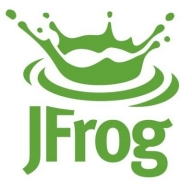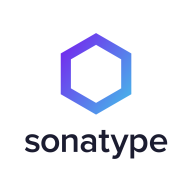

Sonatype Nexus Repository and JFrog Artifactory compete in the realm of artifact repository management. JFrog Artifactory has the upper hand due to its comprehensive feature set, despite Sonatype Nexus Repository receiving positive feedback for pricing and support.
Features: Sonatype Nexus Repository is valued for strong security features, diverse format support, and fine-grained access control. JFrog Artifactory excels with its universal binary repository model, robust integrations, and advanced automation capabilities. Features like REST APIs and Docker Hub integration make it appealing to professionals seeking scalability.
Room for Improvement: Sonatype Nexus Repository could enhance its interface and initial setup simplicity. Some users find documentation lacking clear examples, and CLI documentation could be improved. JFrog Artifactory might improve command line tool performance, enhance customization documentation, and better support complex network configurations.
Ease of Deployment and Customer Service: JFrog Artifactory supports hybrid environments with extensive documentation. Sonatype Nexus Repository offers a simpler setup process but adapting to complex environments may take time. Both provide robust customer service, though Sonatype’s direct assistance programs are noted for reducing deployment time effectively.
Pricing and ROI: Sonatype Nexus Repository is often seen as more cost-efficient with lower initial setup costs and quicker ROI. JFrog Artifactory, with potentially higher upfront costs, offers long-term value through its richer features and integration capabilities, promising justifiable ROI for larger deployments.
| Product | Market Share (%) |
|---|---|
| Sonatype Nexus Repository | 32.7% |
| JFrog Artifactory | 39.2% |
| Other | 28.099999999999994% |


| Company Size | Count |
|---|---|
| Small Business | 3 |
| Large Enterprise | 6 |
| Company Size | Count |
|---|---|
| Small Business | 7 |
| Midsize Enterprise | 2 |
| Large Enterprise | 7 |
JFrog Artifactory is a powerful enterprise product designed for storing and managing different types of binaries, including artifacts, Dockery majors, and builds created as part of the CI process. It offers end-to-end binary management capabilities, integration with different environments and cloud providers, and a centralized repository with multiple repositories for different artifacts.
Artifactory has helped organizations modernize and automate their development operations, reducing the time it takes to develop and release software. It supports hybrid and multi-cloud environments, offers storage and database options flexibility, and integrates with other tools like Jira.
We monitor all Repository Managers reviews to prevent fraudulent reviews and keep review quality high. We do not post reviews by company employees or direct competitors. We validate each review for authenticity via cross-reference with LinkedIn, and personal follow-up with the reviewer when necessary.